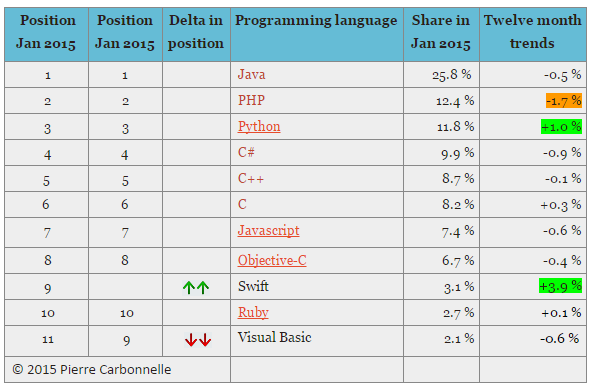The old adage, "Work Smarter, Not Harder!" has become a staple in the way people go about work of any kind.
My advice: "Work Smart AND Hard!".
The problem with the options "working hard" and "working smart" is that all too often we think we can choose "hard or "smart".
The question is, why aren't we doing both?
Both should be approached as a way to find success because both are essential, and it's time to stop treating them as if they were mutually exclusive.
Working excessively long hours? This may not be helpful because 6 hours , when the work is efficient, can be just as productive as an 8 hours and objectives will be achieved. Working hard? This is different! You do not come across success just by hoping for it! To achieve true success, you need work hard to reach your fullest potential.
Hard-working people are not workaholics!
Many people confuse hard-working people with workaholics.
Workaholism means that someone value work over any other activity, even when it negatively affects him. On the other hand, there are many people who work hard, but still enjoy others activities when they have free time.
Workaholism means that someone value work over any other activity, even when it negatively affects him. On the other hand, there are many people who work hard, but still enjoy others activities when they have free time.
How to Work Smarter? There are a few key things that can help people to do this:
- Understand your strengths and weaknesses - this is my golden rule.
- Make the best of resources available - I learned (the hard way) that always you must explore "what’s right there" in front of you.
- Prioritize: This is very important in time management. Each day, identify the tasks that are the most crucial to complete, and do those first. Devote your entire focus to the task at hand. Pay attention to details.
- Learn to say no and take care of yourself.
What do you think? It is important working hard?
What do you think? It is important working hard?








